A U.S.-made Patriot air defense system was responsible for shooting down a Russian A-50 Mainstay airborne early warning and control (AEW&C) aircraft over the Sea of Azov on January 14, according to a U.S. Army officer. The high-value aircraft, one of only a handful immediately available to Russia, was the first of two brought down in the space of five weeks. Previously, a Ukrainian official confirmed to TWZ that the second A-50 was brought down by a Soviet-era S-200 (SA-5 Gammon) long-range surface-to-air missile.
Speaking on a panel at the United States Field Artillery Association’s Fires Symposium 2024 last week, Col. Rosanna Clemente, Assistant Chief of Staff at the 10th Army Air and Missile Defense Command, confirmed that the first A-50 fell to a German-provided Patriot system, in what she described as a “SAMbush,” or surface-to-air missile ambush.
“They have probably about a battalion of Patriots operating in Ukraine right now,” Col. Clemente explained. “Some of it’s being used to protect static sites and critical national infrastructure. Others are being moved around and doing some really, really historic things that I’ve haven’t seen in 22 years of being an air defender, and one of them is a SAMbush … they’re doing that with extremely mobile Patriot systems that were donated by the Germans, because the systems are all mounted on the trucks. So they’re moving around and they’re using these types of systems, bringing them close to the plot … and stretching the very, very edges of the kinematic capabilities of that system to engage the first A-50 C2 [command and control] system back in January.”
Fifteen crew members were reportedly killed aboard the A-50.
Col. Clemente also provided some other interesting details of how the Ukrainians worked up their capabilities with these particular systems, which included a period of validation training involving the U.S. Army in Poland in April 2023.
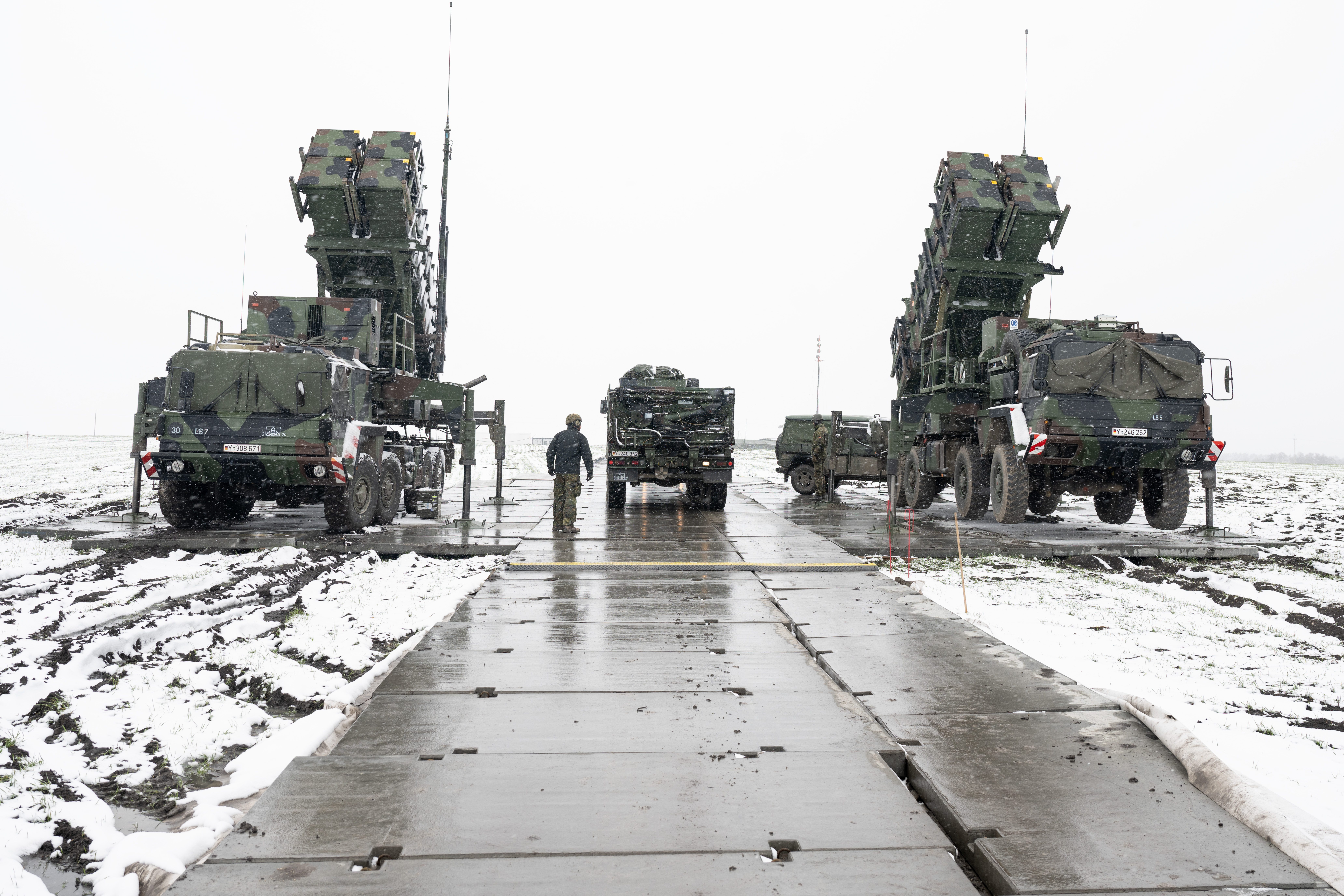
According to Col. Clemente, the German soldiers tasked with training the Ukrainians on the mobile Patriot systems woke up the Ukrainian battery in the middle of the night, marched them to a location where they fought a simulated air battle, and then made them march again. “I was like, ‘Huh, wonder why they did that?’ And it was a month later, they conducted some of their first ambushes where they’re shooting down Russian Su-27s along the Russian border.”
As we reported at the time, the use of Patriot to engage the radar plane over the Sea of Azov seemed likely, especially as it followed the pattern of an anti-access counter-air campaign that Ukraine was already waging against Russian military aircraft using the same air defense system.
Accordingly, in May 2023, Ukraine began pushing forward Patriot batteries to reach deep into Russian-controlled airspace. Most dramatically, a string of Russian aircraft was downed over Russian territory that borders northeastern Ukraine. Among them may have been the Su-27s (or perhaps another Flanker-variant aircraft) that Col. Clemente mentioned.
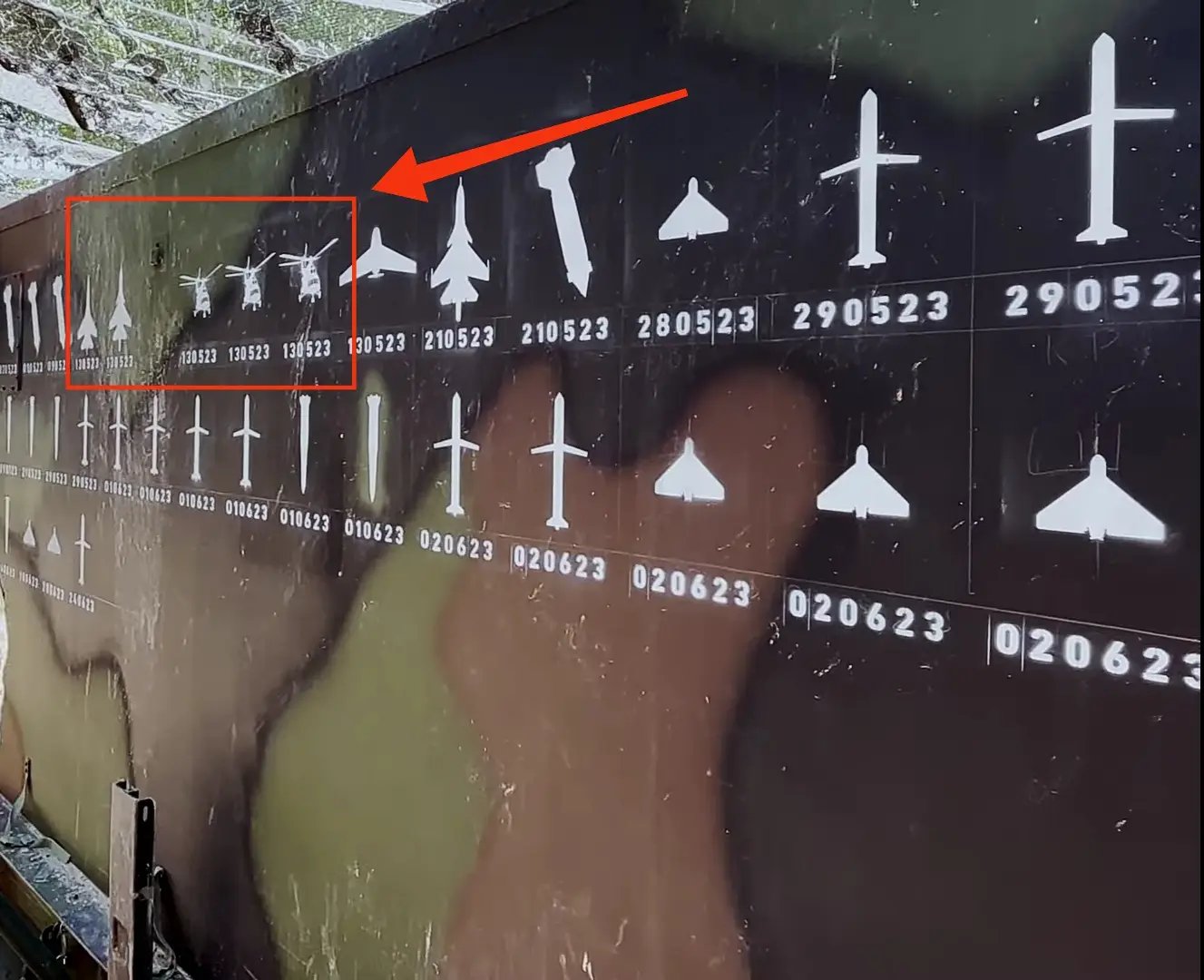
While the use of German-supplied weapons within Russian territory previously led to friction between Berlin and Kyiv, German officials more recently approved the use of Patriot to target aircraft in Russian airspace.
In December 2023, similar tactics were used against tactical jets flying over the northwestern Black Sea.
These kinds of highly mobile operations were then further proven with the destruction of the first A-50, on the night of January 14.
A Russian Il-22M radio-relay aircraft was also apparently engaged by Ukrainian air defenses the same night, confirmed by photo evidence of the aircraft after it had made it back to a Russian air base. It’s not clear whether the Patriot system was also responsible for inflicting damage on this aircraft, but it’s certainly a probable explanation.
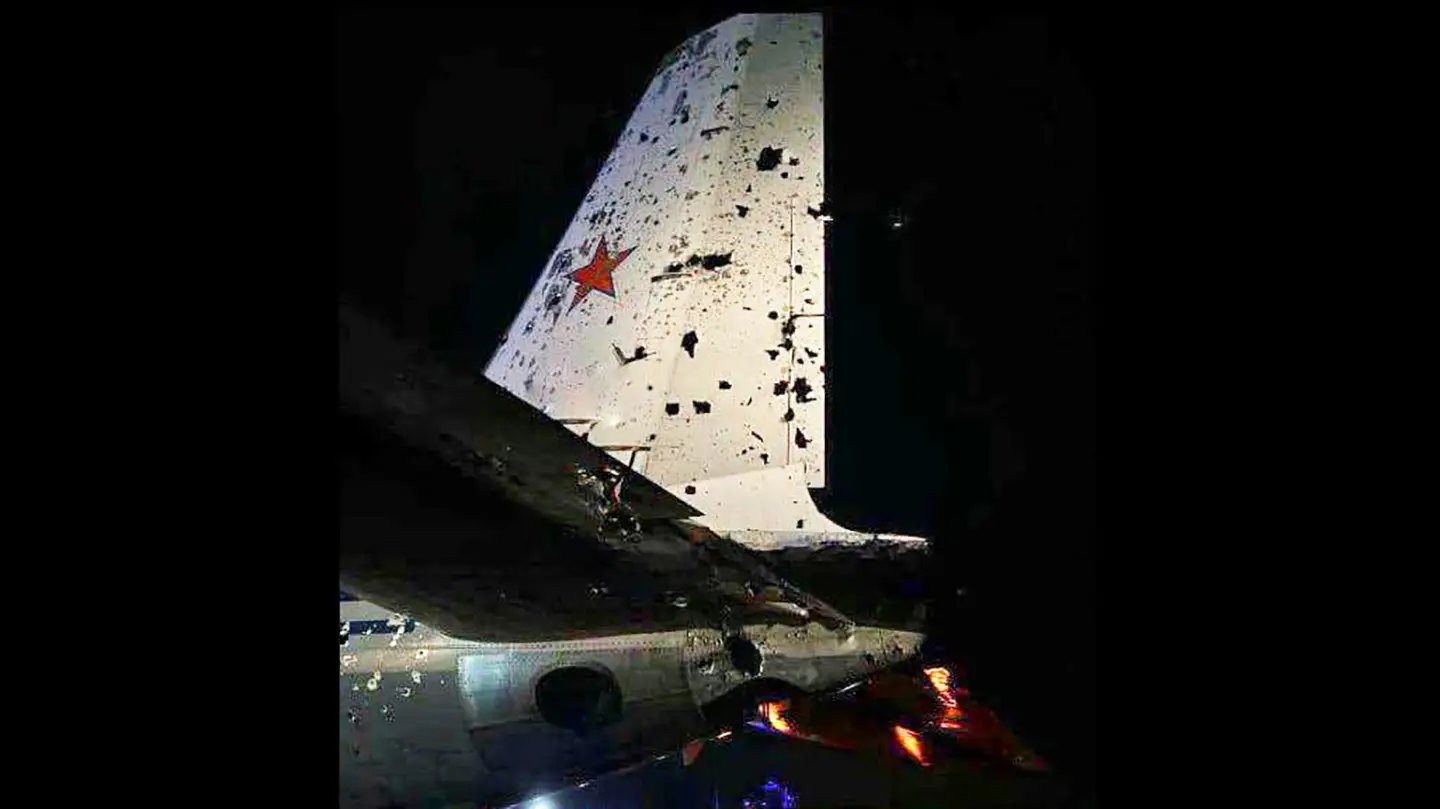
Both incidents appear to have taken place in the western part of the Azov Sea and, as we discussed at the time, the distances involved suggested that, if Patriot was used, it was likely at the very limits of its engagement envelope.
Based on Col. Clemente’s account, it seems likely that the Patriot system in question was not only being pushed to the limits of its capabilities but was likely being deployed very far forward in an especially bold tactical move.
As we wrote at the time: “Considering risking a Patriot system or even a remote launcher right at the front is unlikely, and these airborne assets were likely orbiting at least some ways out over the water, this shot was more likely to have been around 100 miles, give or take a couple dozen miles.”
Of course, all this also depends on exactly where the targeted aircraft were at the time of the engagement.
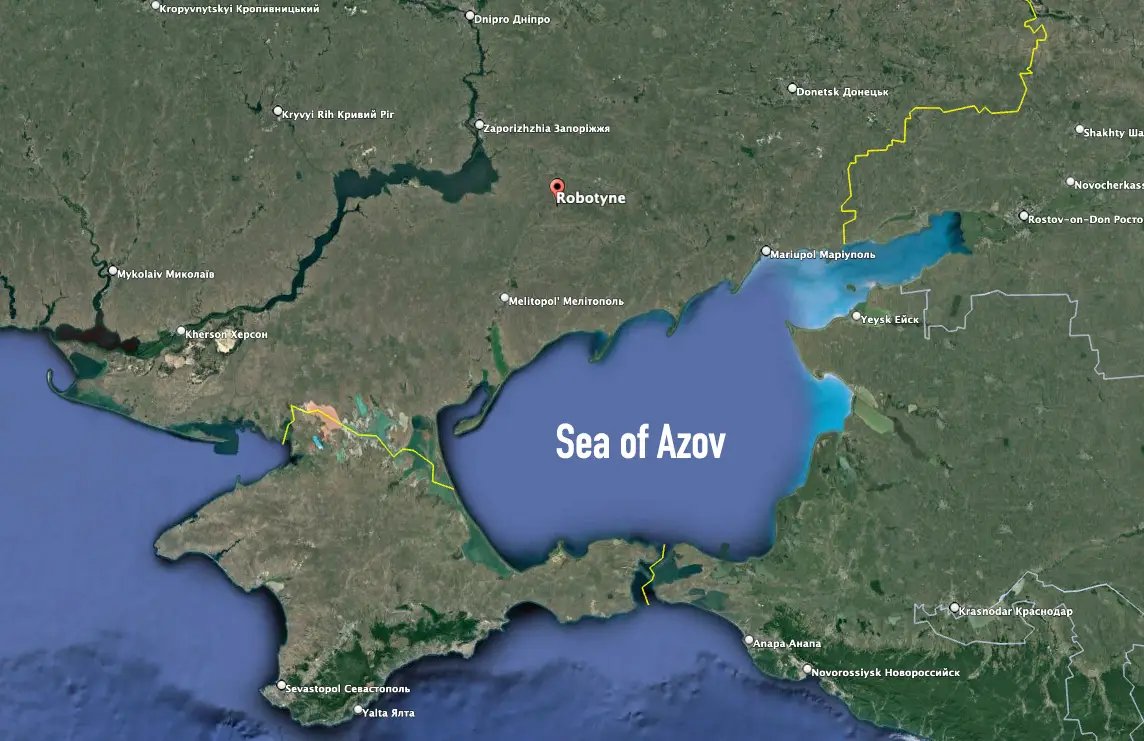
Once again, the A-50 shootdown may be the most important single victory achieved so far by Ukrainian-operated Patriot systems, but it was part of a highly targeted campaign waged against the Russian Aerospace Forces which has seemingly included multiple long-range downings of tactical aircraft.
The Ukrainian tactics first found success in pushing back Russian airpower and degrading its ability to launch direct attacks and even those using standoff glide bombs, which have wreaked havoc on Ukrainian towns.
The same anti-access tactics extended to Russia’s small yet vital AEW&C fleet have arguably had an even greater effect. After all, these aircraft offer a unique look-down air picture that extends deep into Ukrainian-controlled territory. As well as spotting incoming cruise missile and drone attacks, and low-flying fighter sorties, they provide command and control and situational awareness for Russian fighters and air defense batteries. According to Ukrainian officials, the radar planes are also used to direct Russian cruise missile and drone strikes.
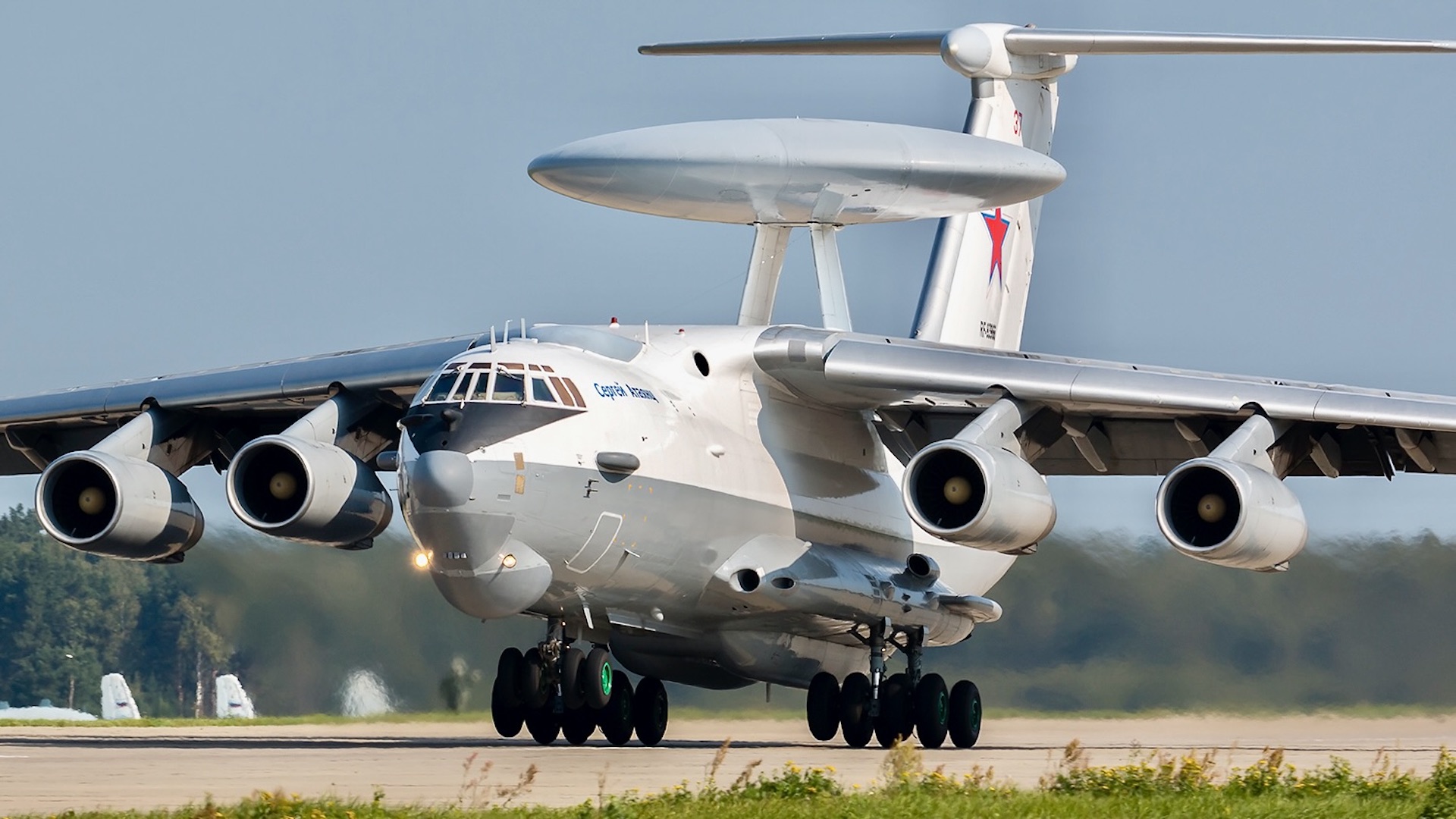
The importance of these force-multipliers has seen earlier efforts to disable them, with A-50s in Belarus having been targeted by forces allied with Ukraine.
The recent appearance of a photo showing a Ukrainian S-300PS (SA-10 Grumble) air defense system marked with an A-50 symbol also indicates that previous attempts were made to bring these aircraft down using this Soviet-era surface-to-air missile, too.
With all this in mind, it’s not surprising that Ukraine’s highly valued, long-reaching Patriot air defense system was tasked against the A-50.
In demonstrating the vulnerability of Russian aircraft patrolling over the Sea of Azov, the January 15 shootdown might have been expected to push these assets back. That may have happened, but another example was then shot down at an even greater distance from the front line, on February 23. The fact that the second A-50 came down over the Krasnodar region fueled speculation that it may have been a ‘friendly fire’ incident.
However, Lt. Gen. Kyrylo Budanov, the head of the Ukrainian Ministry of Defense’s Main Directorate of Intelligence (GUR), subsequently confirmed to TWZ that the second A-50 — as well as a Tu-22M3 Backfire bomber, in a separate incident — were brought down by the Soviet-era S-200 long-range surface-to-air missile system.
Undoubtedly, there are more details still to emerge about the shootdowns of the two A-50s, not to mention other engagements that the Ukrainian Patriot has been involved in.
However, Col. Rosanna Clemente’s comments confirm that the Ukrainian Air Force is using these critical systems in a sometimes-daring manner, using limited numbers of assets not only to protect key static infrastructure but also to maraud closer to the front lines and bring down high-profile Russian aerial targets. Not only does this force Russia to adapt its airpower tactics for its own survival, reducing its effectiveness, but it also provides another means for Ukraine to fight back against numerical odds that are stacked against it.
Contact the author: thomas@thewarzone.com
